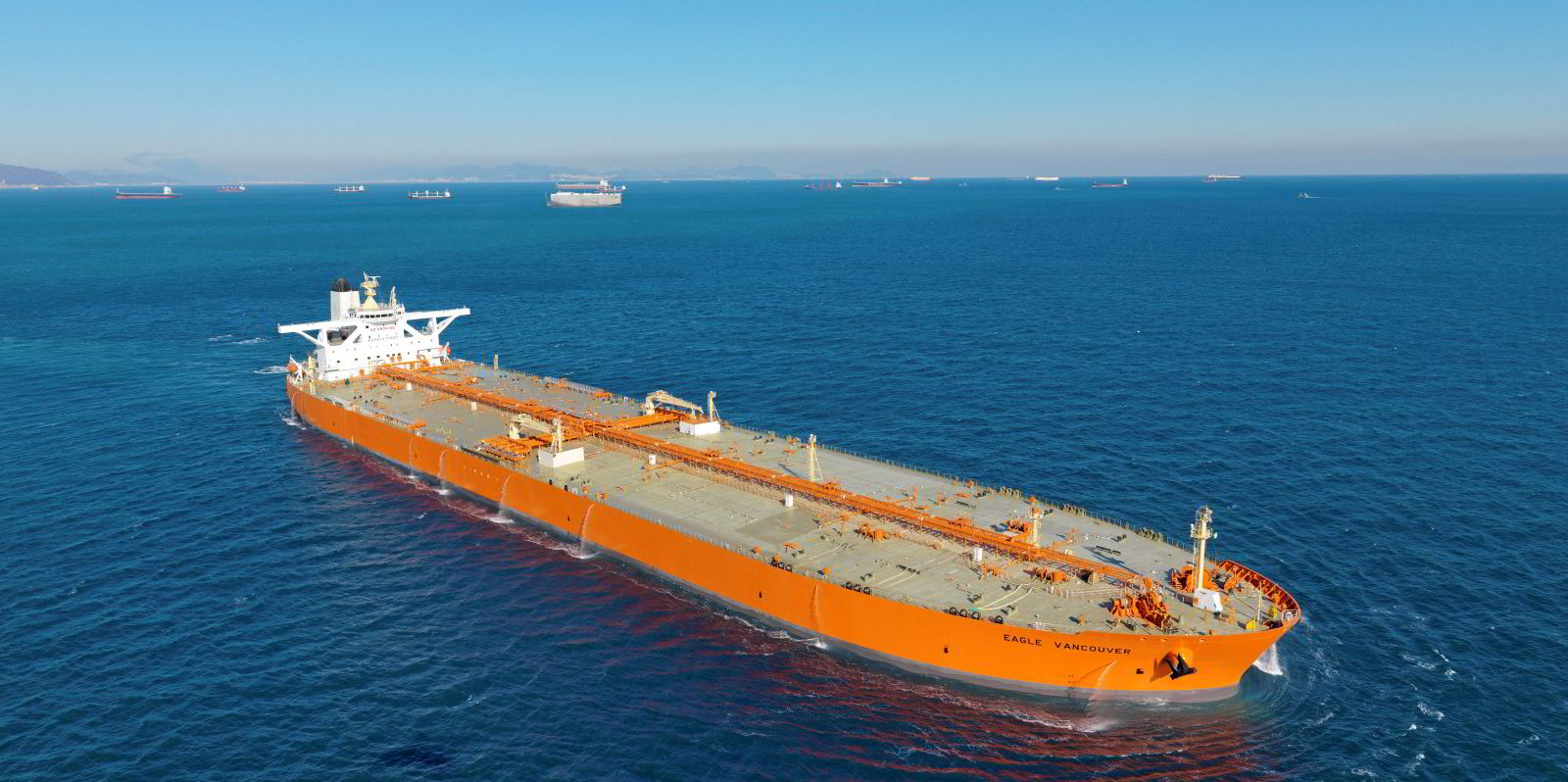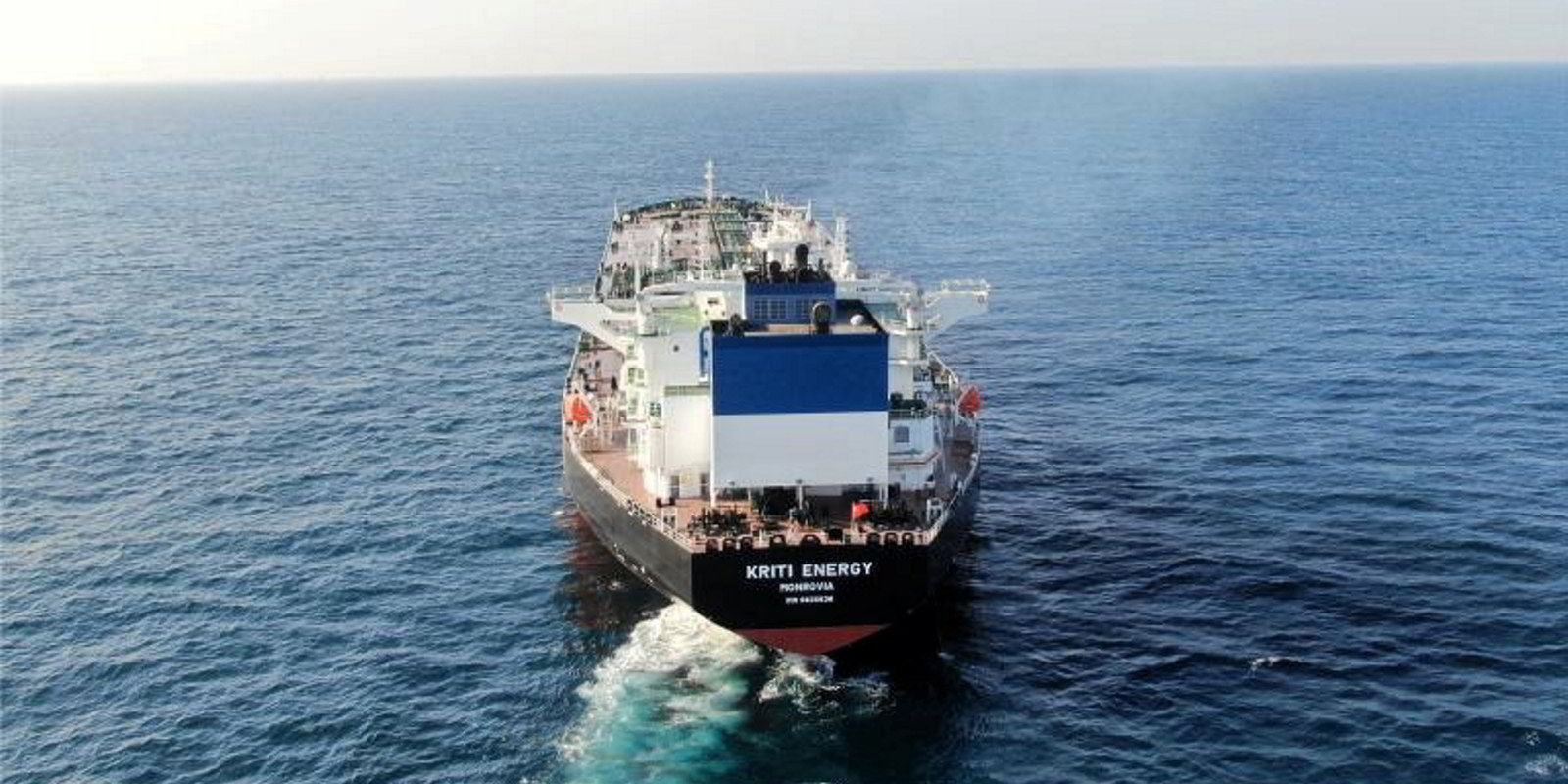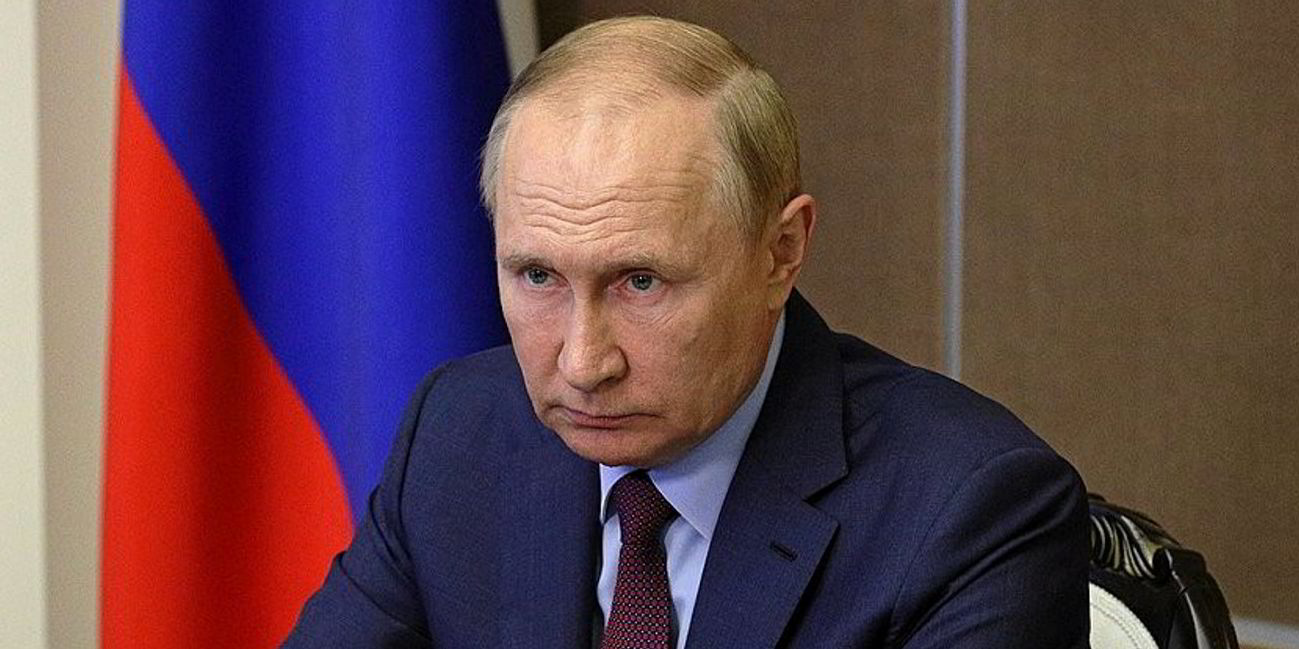BRS Group is tipping scrubber-fitted VLCCs to continue to earn a premium over their scrubber-less counterparts.
The French shipbroker said on Monday that the spread between very low sulphur fuel oil and high sulphur fuel oil will remain substantial, helping to bolster the VLCCs equipped with the exhaust gas cleaning systems as they navigate a challenging market.
“This projection is based on expectations that Russian diesel exports will be curbed by the 5 February [European Union] embargo on Russian refined product exports,” BRS Group said.
“In turn, this will strengthen middle distillates prices, thereby supporting both marine gasoil and very low sulphur fuel oil prices.
“Meanwhile, we anticipate that Russian high sulphur fuel oil exports will remain robust and largely carried by dirty shadow tankers. Accordingly, Russian molecules will continue to end up in the bunker supply chain which will maintain downward pressure on high sulphur fuel prices.”
As stands, scrubber-fitted VLCCs are earning a $13,600 per day premium to non-scrubber-fitted ships, according to shipbroker Howe Robinson, with the four-tier market emerging last year persisting into 2023.
That market saw non-eco designed tankers without scrubbers earning the least and eco-designed, scrubber-less ships slightly more. Non-eco, scrubber-fitted ships earned the second-highest premiums and scrubber-fitted, eco-designed tankers earned the most.
On Monday, Howe Robinson said eco-designed ships without scrubbers were earning a $6,600 per day premium and scrubber-fitted, eco-designed ships an extra $17,900 per day. Eco ships have engines with an electronic injection system that reduces overall fuel consumption.
Overall, the broker said the market remains soft around the Lunar New Year in the Far East, with non-eco VLCCs without scrubbers on the route from the Middle East to China seeing their rates fall to $20,700 per day, from a year-to-date average of $26,300 per day.
Spot earnings on the West Africa to China route slipped to $27,500 per day from a year-to-date average of $31,900 per day.
BRS Group said US crude flows to Asia would continue to be depressed this year, with its crude supply staying in the domestic market.
That means owners will have to look toward Opec+ for supply increases, with BRS Group forecasting flat production until at least June, when the bloc holds its next meeting.
The broker said 23 new VLCCs are set to hit the water this year, but 21 of them will be in the first half of the year, suggesting a strong supply side for the sector.
The firm further argued that there was a good chance VLCCs would start muscling into more profitable suezmax or aframax trades, leading to uneven distribution of VLCCs and support for rates.
“For the moment, this has remained marginal,” BRS Group said. “However, if these diverging trends continue over the coming months, then again we could see a build-up of VLCC tonnage in the Atlantic basin undertaking intra-basin voyages.
“This would again eventually lead to a cycle of uneven VLCC distribution recommencing.”






